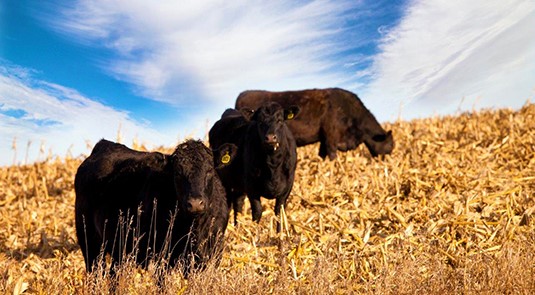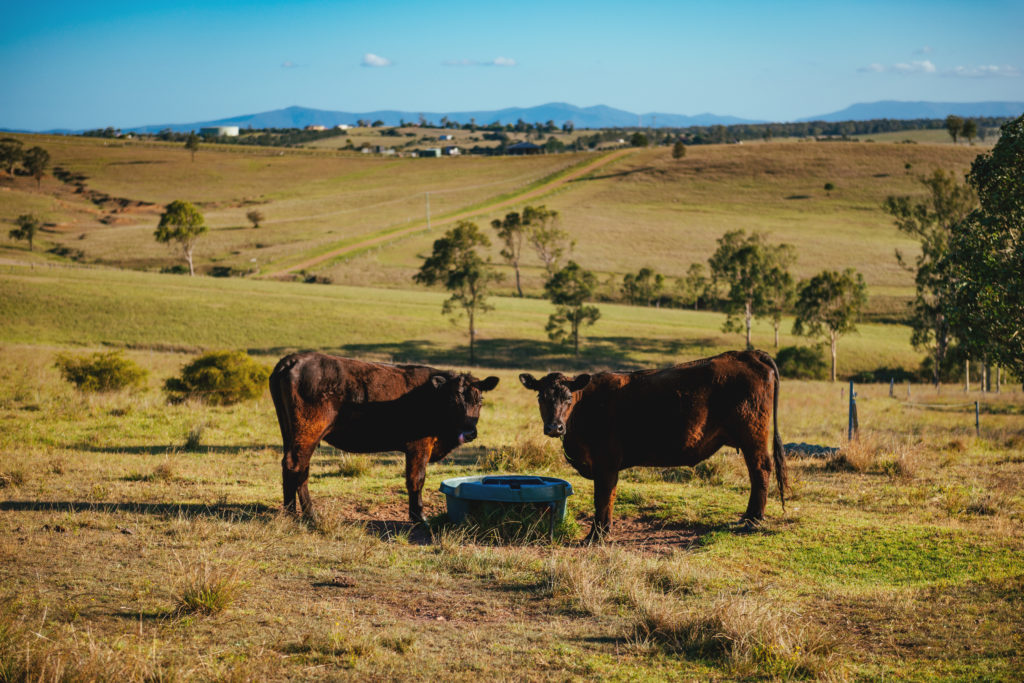
Grass Tetany is a metabolic disease most common in autumn as temperatures drop and stock are left to graze short, green grasses or green cereal crops low in magnesium. It can be difficult to detect, and therefore it is often only picked up when it is too late.
Susceptible Stock
Older animals with twins at foot are generally most susceptible. Although magnesium is stored in bones and muscles, it cannot be readily mobilised and utilised when needed most i.e. during lactation. Cows and ewes are therefore heavily reliant on a daily supply from their diet.
Causes
Magnesium is drawn down during lactation and is also constantly being expelled through urine and faeces. Given this continual draw down of magnesium and the lower of levels of magnesium in winter pastures, stock often need to be supplemented with some form of Mg at this time of the year.
To compound the issue:
- high potassium levels are also found in pasture at this time which inhibit magnesium absorption and cause blood calcium levels to fall (potentially resulting in hypocalcaemia or milk fever).
- magnesium absorption in plants is impaired during wet weather and overcast days.
Symptoms
Unfortunately, many producers only discover they have a problem when they find dead cows or ewes in the paddock. Mild tetany may result in very few symptoms until stock are stressed. Early symptoms include face and ear twitching and a stiff gait. Intermediate tetany presents as wild excitable cows or ewes, with front leg goose stepping and the tail held high. Cows and ewes can recover at this stage, however left untreated most worsen and die. Severe tetany presents as galloping, bellowing, and staggering. Cows or ewes soon go down and display stiff legs with leg paddling and thrashing.
Solutions
Magnesium supplements such as bullets, licks, blocks or Molafos Grass Tetany are commonly used to prevent grass tetany when adequate roughage and energy isn’t available. Pastures can also be treated with Magnesium oxide or Magnesium sulphate.
Molafos Grass Tetany is a molasses based liquid supplement which can be fed out in an open tub or in roller licker drums. When ordering in bulk loads, other additives such as rumensin may be included in the product. Product may be available in 1 tonne IBC pods on request.
Other short and longer terms solutions include addressing any concurrent sodium deficiencies, feeding Lucerne hay which is high in calcium, moving stock to pastures with more roughage and legumes, reducing stress, correcting soil pH, applying phosphorus fertiliser and avoiding or limiting K and high N fertilizers until soil pH has been corrected and legumes are established.
For more information please see our downloadable tech note or contact either your local reseller or GLF on 1800 333 010 to help counter productivity losses or deaths through grass tetany.




